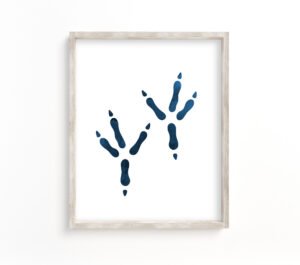What is a bird's beak made of?
What is a bird’s beak made of?
Bird Beaks are made of bone and keratin. Keratin is a protein found in skin, hair, and nails. It is also an important component of beaks, claws, hooves, and horns.
A bird’s beak can be thought of as an extension of its jaw bone. The tip is like a fingernail and wears down over time.
Bird beaks are fairly similar to human teeth. They help grind food and defense against predators. They evolved as their natural history changed by adapting to their environment.
If you look closely at the beak of a bird, it is easy to see that there are lined differently. These are called sutures, and they form a part of the skull.
The end tip of the upper bill is hard because it has minerals and makes up about two-thirds of the length of the beak. The lower beak is covered with keratin which also covers our fingernails. It is flexible so birds can chew their food.
There are no nerves in the beak, so if it is hurt, there is little pain. In addition, the upper bill and lower beak can move independently of each other.
The shape of a bird’s beak varies by species, but all have some basic features in common. Within its general size and shape, the beak will differ according to its diet: a fruit-eating bird will have a pointed curved bill, while a predatory bird will have a hooked or sharp straight one. These variations provide for different methods of capturing, killing, and eating prey animals that birds might otherwise struggle to deal with; an example is the hammer bills beak which is adapted to catch fish in deep water on coral reefs.
Hummingbird beaks are long and thin, so they can probe tiny flowers for nectar, while the toucan’s beak is adapted for eating fruit and nut, and the hooked bill of an eagle or hawk helps it to catch prey while hunting in the air.
Visit our store if you love birds! We’ve got dozens of beautiful Bird Art Prints for you! Perfect for decorating your home fast, easy, and affordable!
-
 $20.00 – $29.00 inc. VatSelect options This product has multiple variants. The options may be chosen on the product page
$20.00 – $29.00 inc. VatSelect options This product has multiple variants. The options may be chosen on the product page -
 $20.00 – $29.00 inc. VatSelect options This product has multiple variants. The options may be chosen on the product page
$20.00 – $29.00 inc. VatSelect options This product has multiple variants. The options may be chosen on the product page -
 $20.00 – $29.00 inc. VatSelect options This product has multiple variants. The options may be chosen on the product page
$20.00 – $29.00 inc. VatSelect options This product has multiple variants. The options may be chosen on the product page -
 $20.00 – $29.00 inc. VatSelect options This product has multiple variants. The options may be chosen on the product page
$20.00 – $29.00 inc. VatSelect options This product has multiple variants. The options may be chosen on the product page